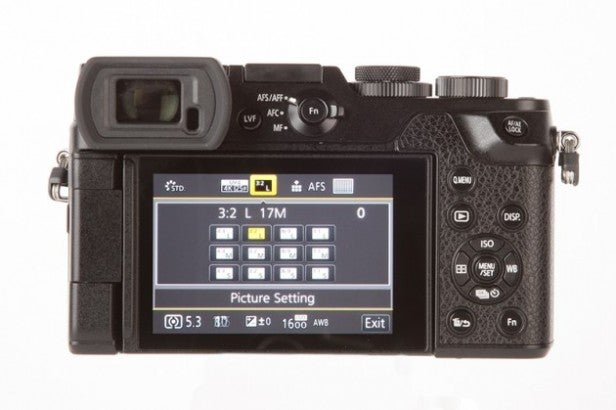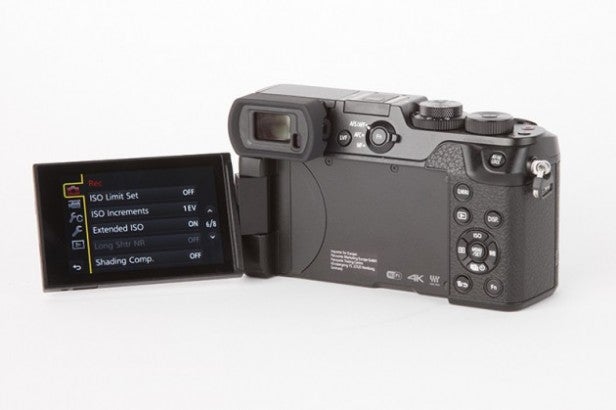Panasonic Lumix GX8 Review - Performance, AF and Features Review
Performance, AF and Features
Panasonic ups its game with a serious update to its flagship stills camera

Sections
- Page 1 Panasonic Lumix GX8 Review
- Page 2 Performance, AF and Features Review
- Page 3 Image Quality, Video and Verdict Review
Panasonic Lumix GX8 – Features
The Panasonic Lumix GX8 is a feature-heavy camera. It offers both Wi-Fi and NFC, letting you transfer images to a phone easily, connect quickly and control the shutter remotely.
You also get in-camera multi-shot HDR, auto-stitch panoramas and a stop-motion animation mode. From a hardware standpoint, this is only the second Panasonic CSC to feature in-body optical image stabilisation.
It’s a four-axis system that teams up with the OIS present in some Panasonic lenses – and, of course, stabilises lenses that don’t offer such capability. This significantly improves flexibility when you’re shooting handheld – worth 2-3 stops – allowing you to significantly lower the shutter speed and/or ISO. However, we did find the Olympus OM-D EM-5 II’s system to be more effective in comparison, even when the GX8 is used with a stabilised lens.
The one feature that the Panasonic Lumix GX8 wilfully chops out is a flash, which might be of surprise given the size of the camera. There’s no unit bundled in the box either, although there’s certainly room to attach one to the top plate. The hotshoe also has contacts to power non-battery-operated units.

Panasonic Lumix GX8 – Performance and AF
The Panasonic Lumix GX8 is a very fast performer, as you’d hope for in a CSC featuring a Micro Four Thirds sensor and costing £1,000 for the body alone.
Burst performance is superb, and offers several options. You can zoom along at 8.1fps, for up to 30 JPEG and RAW exposures, or a whopping 150 JPEGs. Alternatively, switch down to 5.5fps and you can capture 300 JPEGs. The RAW figure doesn’t change, though: 30 exposures before the buffer’s full.
Use the electronic shutter and you can go all the way up to 10fps, although then you’re at risk of rolling shutter image distortion.

The electronic shutter means you can use incredibly fast shutter speeds, up to 1/16000 second, which is perfect for wide apertures on bright, sunny days. The Panasonic Lumix GX8’s mechanical shutter is no slouch either. It will go up to 1/8000 second with many of the lenses, which should cater for most situations.
The speed shooting doesn’t stop there. Three kinds of 4K Photo mode let you shoot 8-megapixel photos at 30fps, effectively extracting frames from 4K-resolution video. There’s one mode that you can treat as a standard video mode: one press to start capture, another to stop. The second mode shoots as long as you keep the shutter button depressed, and the last one captures 30 frames up to the point you press the shutter.
The latter consumes significant battery life, however, as it’s effectively shooting all the time.

AF performance is great too. While there’s no flashy-sounding phase-detection hybrid system in the Lumix GX8, it does use Panasonic’s depth from defocus technology. This assesses how the focus area defocuses as it shifts, telling the GX8 where in the focal plane the subject sits. It’s clever technology that provides fast and accurate autofocus, cutting out parts of the usual contrast detection process.
If you’re planning to shoot using manual focus instead, the Panasonic Lumix GX8 offers focus peaking, which highlights in-focus areas on the preview image. Having a great EVF to work with ]makes shooting with manual focus significantly easier. Combined with the excellent manual control, this gives the GX8 a shooting style that should definitely appeal to more serious photographers.


